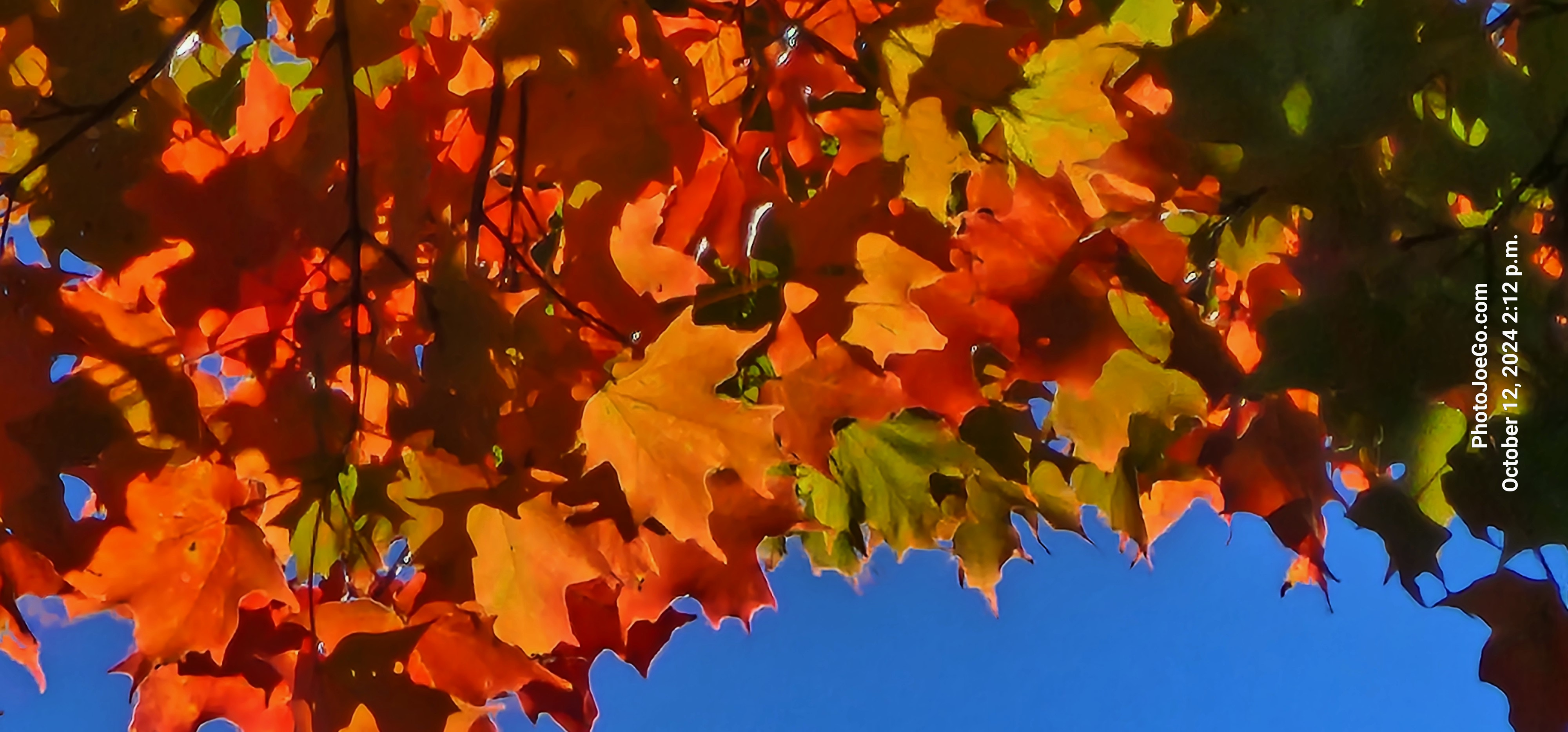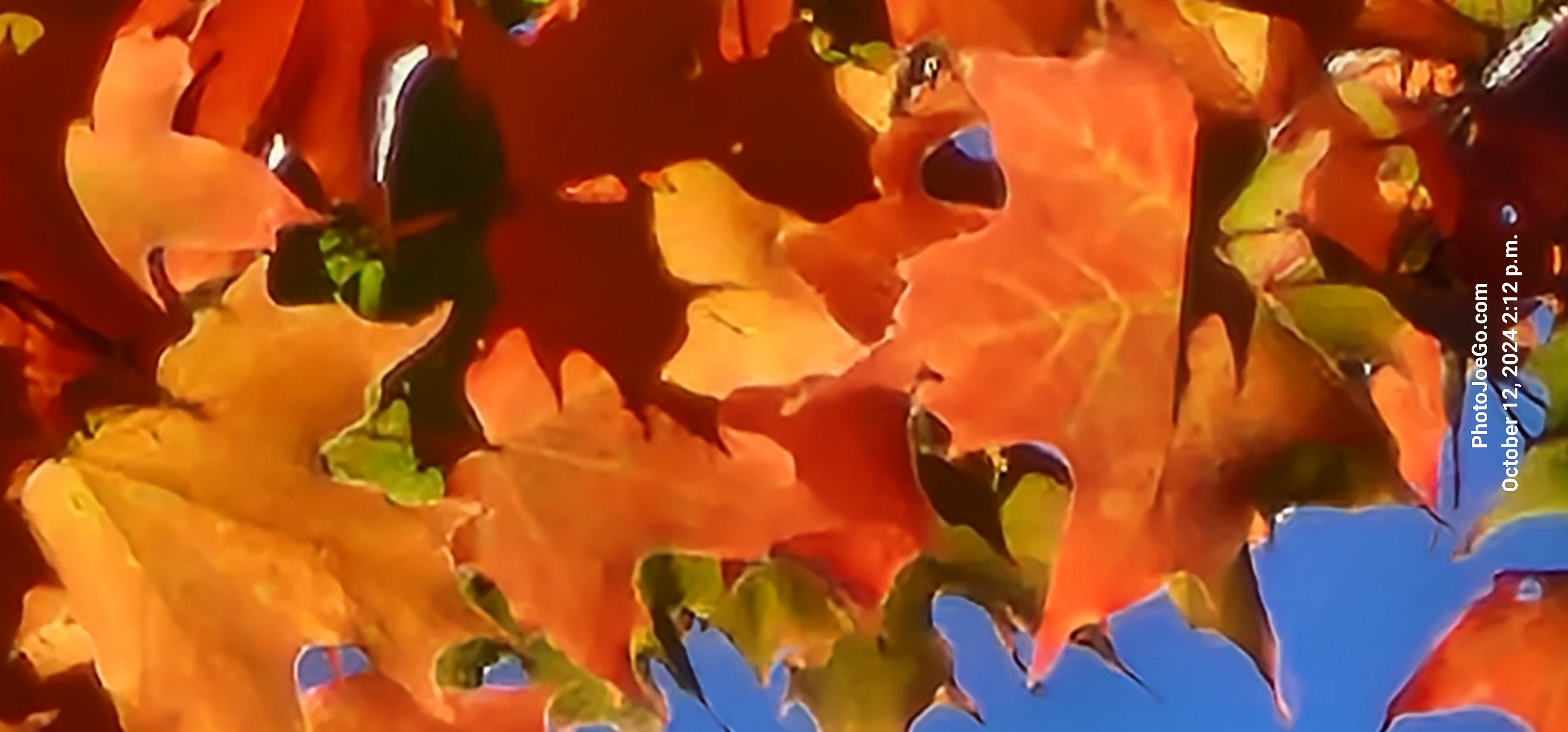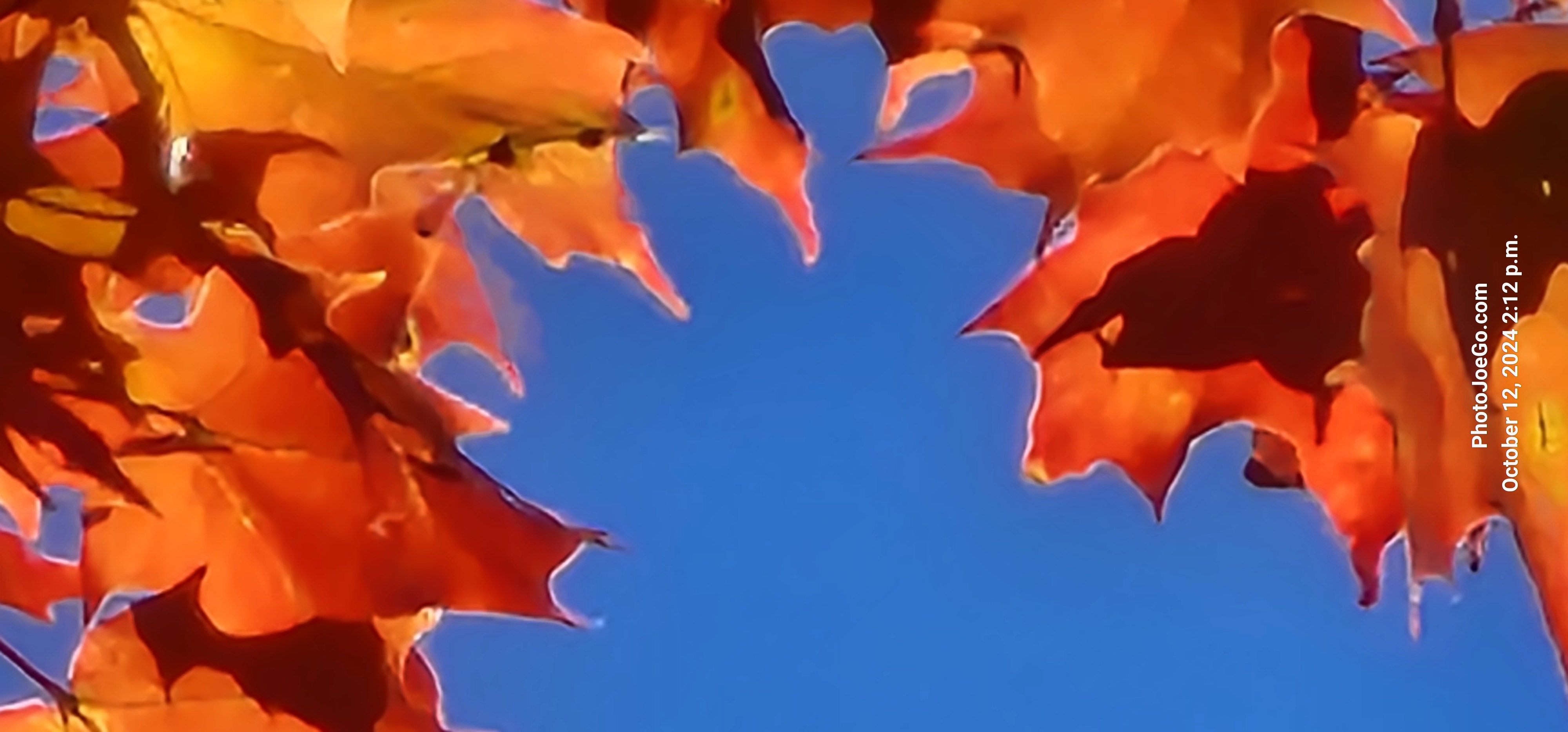SUGAR MAPLE
- Andre Gaudet

- Oct 26, 2024
- 2 min read

The Sugar Maple has left an indelible mark on Canada, symbolizing both the natural beauty of its landscapes and the historical significance of its economic contributions. Known scientifically as Acer saccharum, this maple tree's bright red and orange leaves are some of the most iconic sights in Canada’s forests, particularly in eastern provinces like Ontario, Quebec, and New Brunswick. Every autumn, the sugar maple’s fiery transformation not only attracts tourists, but it also reinforces a deep sense of cultural pride and national identity. This symbolism is so powerful that the maple leaf itself proudly adorns Canada’s national flag and is instantly recognizable worldwide as a symbol of the country.
Economically, the sugar maple has also been a central figure in the Canadian maple syrup industry, which produces about 75% of the world’s supply of maple syrup. Quebec alone accounts for over 70% of global production, turning this natural resource into a valuable commodity that’s exported worldwide. Maple syrup has become a point of pride for Canadians and is deeply intertwined with the nation’s culinary traditions. Families gather each spring for "sugaring-off" parties, where they watch maple sap boil down to produce syrup, a practice that dates back to Indigenous peoples who first discovered the sap's sweetness.
Furthermore, Indigenous communities in Canada have long relied on the sugar maple for sustenance, medicine, and even spiritual practices. They were the first to tap maple trees and boil the sap to create syrup, an innovative process later adopted by European settlers. This tree thus represents a bridge between Indigenous knowledge and settler traditions, fostering a unique cultural exchange and continuity.
Beyond syrup production, the sugar maple is essential to Canadian forestry and conservation efforts. Its hardwood is highly prized for furniture, flooring, and musical instruments, contributing to local economies while promoting sustainable forestry. Canadian organizations prioritize sugar maple conservation, recognizing that climate change and pests, like the invasive Asian long-horned beetle, pose threats to this cherished tree. Protecting sugar maple forests helps preserve biodiversity, supports wildlife habitats, and combats carbon emissions, aligning with Canada’s environmental goals.
In essence, the sugar maple is more than a tree; it’s a living symbol of Canadian resilience, ingenuity, and heritage. Its vibrant leaves and sweet syrup have influenced Canadian culture and economy for centuries, making it a beloved national emblem that continues to impact Canada’s identity both at home and abroad.























































































Comments